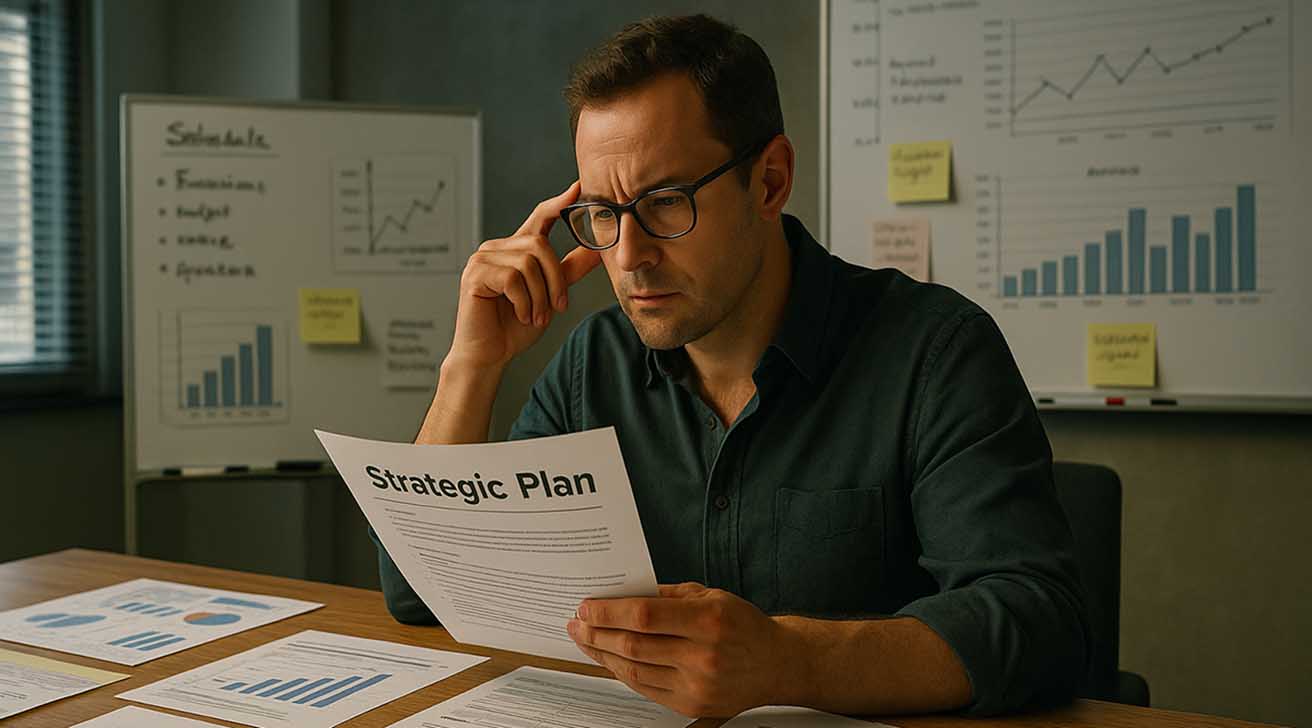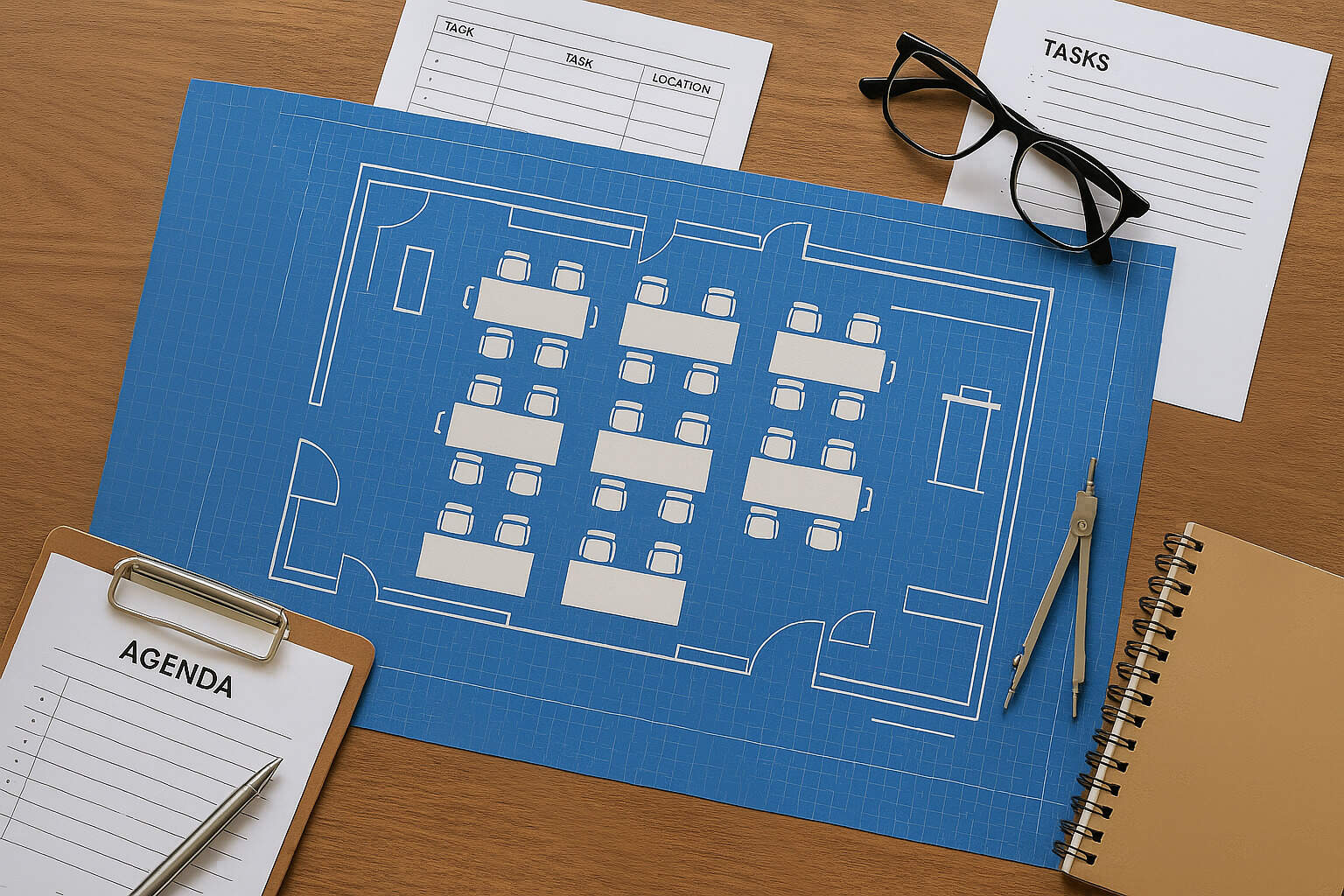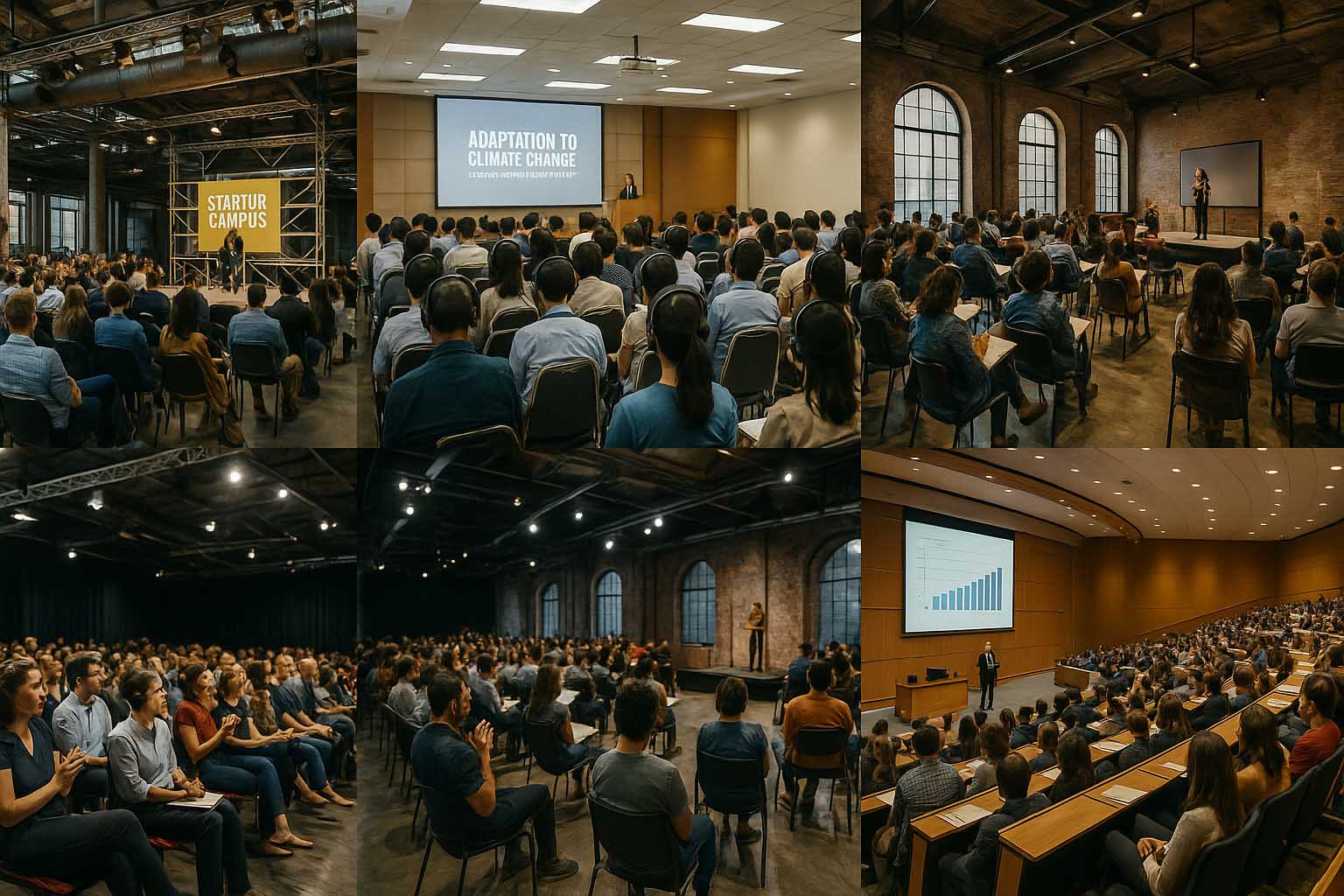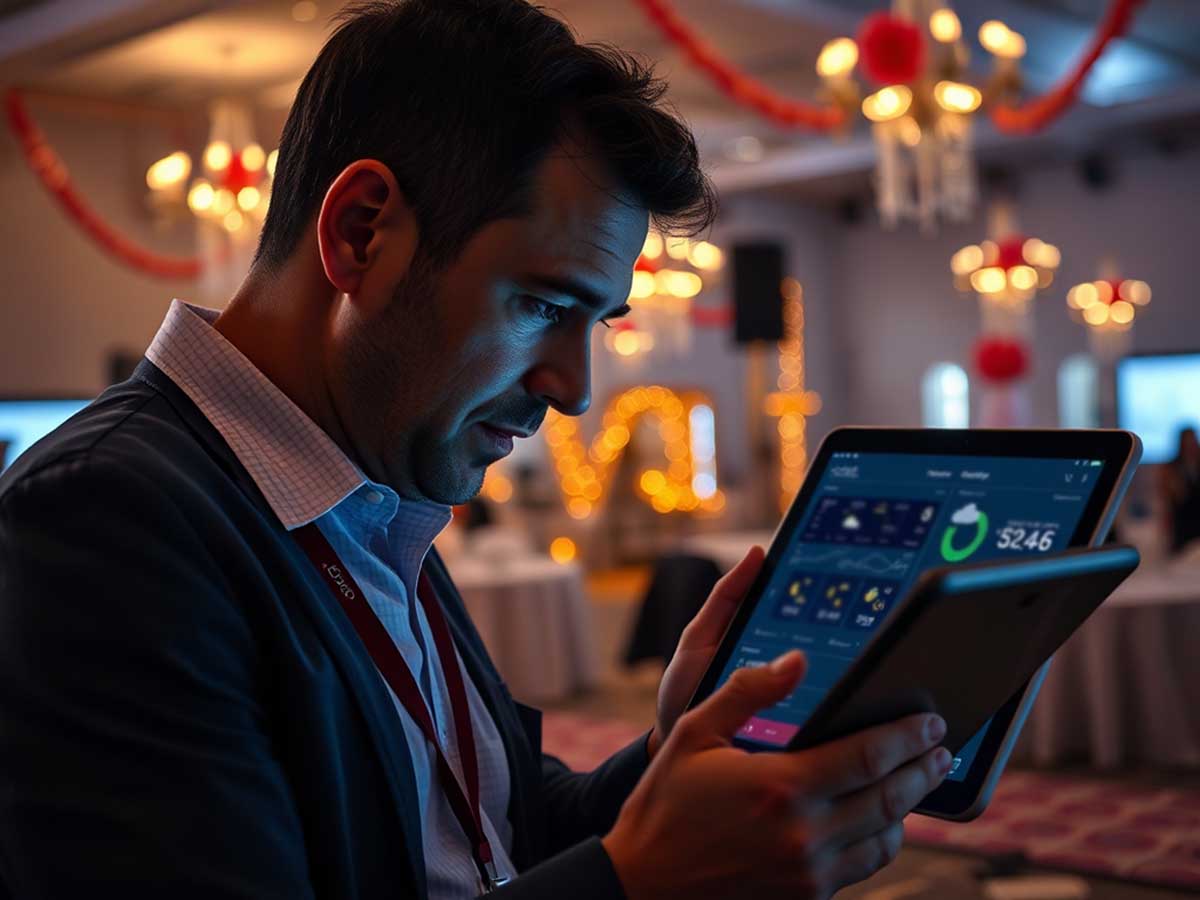A Strategic Guide to Corporate Gifting
A thoughtful gift can speak volumes. In the world of business and professional events, a well-chosen corporate gift is more than just a souvenir; it’s a powerful tool for building relationships and expressing appreciation. The right gift can make a high-profile speaker feel valued or a VIP guest feel truly special.
But corporate gifting is not just about picking an expensive item. It requires a thoughtful strategy. A great gift aligns with your brand, resonates with the recipient, and enhances the overall event experience. This guide will walk you through the key principles of strategic corporate gifting.
The Art of the Corporate Gift
This article explores how to choose corporate gifts that make a lasting impression. Here’s a brief look at the concepts we’ll cover:
- Gifting with a Purpose: We’ll look at how to align your gifts with your event’s goals, whether it’s building loyalty or showing appreciation.
- Quality Over Quantity: We’ll discuss why a single, high-quality item often has more impact than a bag full of generic swag.
- The Power of Personalization: We will explore how customizing a gift can create a much stronger and more memorable connection.
- Practicality and Longevity: We’ll touch on why the most effective gifts are often those that are both beautiful and genuinely useful.
Aligning Gifts with Your Event’s Goals
Before you even start browsing catalogs, think about what you want your gift to achieve. The purpose of the gift should align with the overall goals of your conference.
Is your goal to:
- Show appreciation to speakers? A high-quality, personal gift is most appropriate.
- Impress potential clients? The gift should reflect the premium nature of your brand.
- Provide a useful tool for all attendees? The item should be practical and relevant to their professional lives.
- Create a memorable “wow” moment? The gift could be something unique, exclusive, or experiential.
Understanding your “why” will guide your choices and ensure your budget is spent effectively. This strategic thinking is a key part of successful corporate conference planning.
The Impact of a High-Quality Gift
In an era of disposable conference swag—think cheap pens and flimsy tote bags—a high-quality gift stands out. It signals that you value the recipient and have put genuine thought into your choice. It’s often better to give one exceptional item than a bag full of forgettable ones.
Quality doesn’t always mean expensive. It means choosing items that are well-made, durable, and have a sense of permanence. For example, a beautifully crafted notebook and one of the best luxury pens is a classic gift that is both elegant and highly practical for any professional. A premium leather portfolio or a well-designed piece of tech can also make a powerful statement. The key is to choose an item that the recipient will actually want to use long after the event is over.
Personalization Makes a Difference
A generic gift says, “Here’s something for you.” A personalized gift says, “I was thinking specifically of you.” Personalization can transform a simple item into a cherished memento.
This can be done in several ways:
- Monogramming: Adding the recipient’s initials to a leather good or a pen case is a classic, elegant touch.
- Custom Engraving: A discreet company logo or the name and date of the event can be engraved on items like drinkware or tech gadgets.
- A Handwritten Note: The most powerful form of personalization is often the simplest. A short, handwritten thank-you note accompanying the gift shows genuine effort and appreciation.
These small details elevate the gift from a corporate handout to a meaningful gesture.
Gifts That Build Connections
Corporate gifting can also be a powerful tool to foster meaningful networking. A gift that acts as a conversation starter can help break the ice between attendees. For example, a unique desk accessory or a limited-edition collectible can prompt questions and shared interest.
For a smaller, high-stakes event, you could even design a “gifting experience.” Instead of just handing out items, you could set up a station where guests can have a product personalized on the spot, like having a leather notebook embossed. This creates a memorable, interactive moment that encourages guests to linger and chat.
Choosing the Right Gift for the Right Person
Finally, it’s important to consider who you are giving the gift to. The right gift for a keynote speaker might be different from the right gift for a VIP attendee or a conference sponsor.
- For Speakers: A personal, high-end gift is a great way to say thank you for their time and expertise.
- For VIP Guests or Clients: The gift should be a reflection of your brand’s quality and your appreciation for their business.
- For All Attendees: A practical, well-designed item that they can use during the conference and back at their office is often the best choice.
The strategy of corporate gifting is about more than just objects. It’s about sending a message. When you choose gifts that are thoughtful, high-quality, and aligned with your event’s purpose, you are not just giving an item; you are building a stronger professional relationship.









